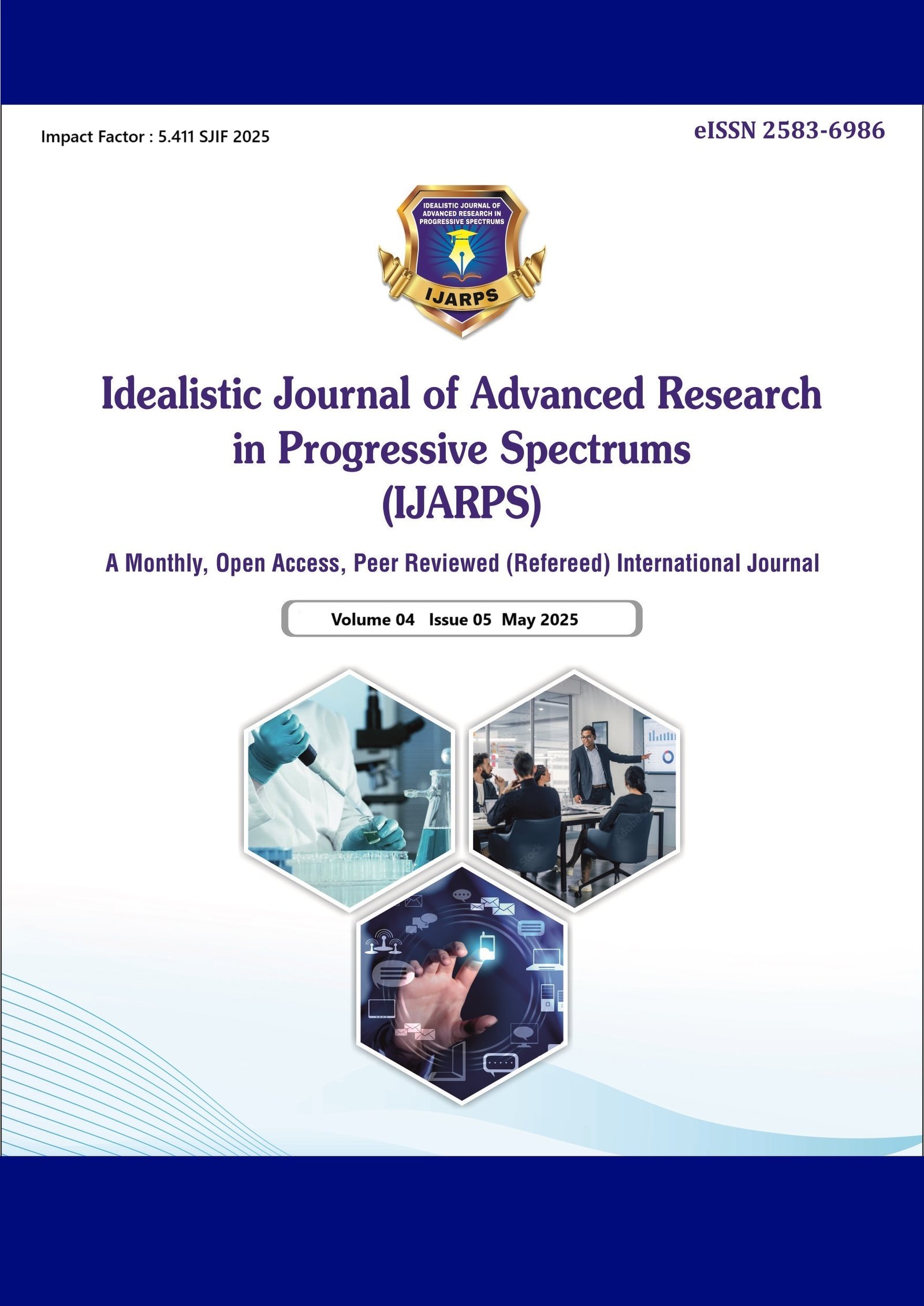Advances In Microfluidic Devices For Analytical Applications
Abstract
Microfluidic devices have revolutionized analytical chemistry by enabling the miniaturization and integration of complex laboratory functions—such as sample preparation, separation, and detection—onto a single chip. These lab-on-a-chip systems offer numerous advantages, including reduced sample and reagent consumption, faster analysis times, and enhanced analytical precision. This review highlights the latest developments in microfluidic technology, focusing on novel materials, advanced fabrication techniques (such as soft lithography, 3D printing, and laser ablation), and integration strategies that enhance the functionality and versatility of microfluidic platforms. Recent applications in areas such as biomedical diagnostics, environmental monitoring, and pharmaceutical analysis are discussed, demonstrating how microfluidics contributes to the development of portable, cost-effective, and high-throughput analytical systems. Particular attention is given to innovations in droplet-based microfluidics, paper-based microfluidics, and hybrid devices that combine multiple analytical steps. Despite the promising progress, challenges remain in scalability, standardization, and integration with existing laboratory infrastructure. The review concludes by outlining potential future directions, including automation, artificial intelligence integration, and the role of microfluidics in shaping the future of analytical science.
Keywords- Microfluidics, lab-on-a-chip, sample preparation, analytical chemistry, detection systems
Additional Files
Published
How to Cite
Issue
Section
License
Copyright (c) 2025 www.ijarps.org

This work is licensed under a Creative Commons Attribution-NonCommercial 4.0 International License.

